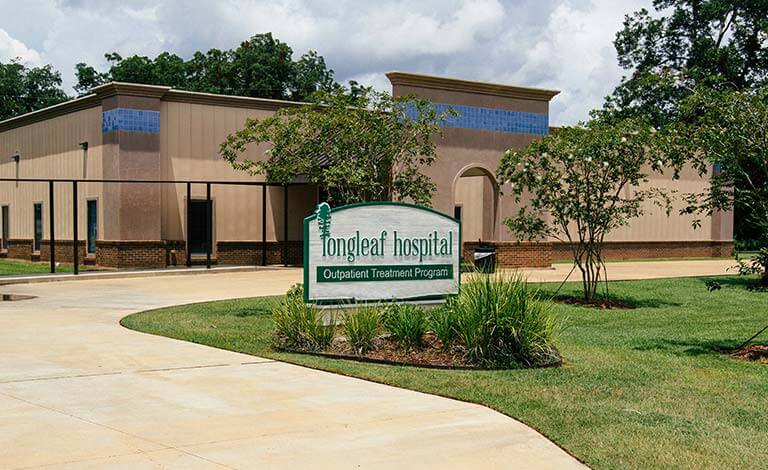Post-traumatic stress disorder (PTSD) is a mental health disorder that develops in the aftermath of experiencing, witnessing, or in some cases even learning about the details of a terrifying event.
Understanding PTSD
Learn about PTSD
Examples of the many types of traumatic events that can precede PTSD include military combat, automobile accidents, natural disasters, terror attacks, physical assault, and sexual abuse.
While most individuals who experience an adverse event are eventually able to heal, others may develop symptoms that can undermine their ability to live a healthy and satisfying life. For example, common distressing symptoms experienced by individuals with PTSD include flashbacks, nightmares, severe anxiety, and an inability to stop or limit intrusive thoughts about the event.
It is completely normal to experience a wide variety of negative feelings and emotions after a traumatic event. Feelings such as anxiety, fear, and sadness, as well as changes in sleep patterns or even unexpected outbursts of anger or crying, may occur for a limited period of time.
However, when these disturbing thoughts and feelings do not dissipate, and are severe enough that you find yourself changing your behaviors or otherwise altering how you think and/or act, you may have developed PTSD. If you suspect that you or someone in your life is dealing with PTSD, professional assistance is necessary to get an accurate diagnosis and, if necessary, determine an optimal course of treatment.
The good news is that PTSD is a treatable condition. With effective treatment at a residential treatment center, outpatient clinic, or other program, you or your loved one can learn to manage symptoms and resume the pursuit of a healthy and productive future.
Statistics
PTSD statistics
According to the National Center for PTSD, about 50% of women and 60% of men in the United States will experience at least one traumatic occurrence in their lives, and about 8% of the U.S. population will develop PTSD. In any given year, about between 3% and 4% of the adult population, or about 8.5 million Americans, will be dealing with symptoms related to posttraumatic stress disorder.
Among children and adolescents, the National Center for PTSD estimates that about 5% of young people will meet the criteria for PTSD before they complete adolescence. Among younger children, about 75% of PTSD cases involve neglect, and about 25% involve physical and/or sexual abuse. Among older children and adolescents, the prevalence of physical and/or sexual assault rises to about 50% of PTSD cases.
Causes and Risk Factors
Causes and risk factors for PTSD
Since PTSD occurs in the aftermath of a trauma, one common factor among all cases of PTSD is a traumatic event. However, not everyone who experiences trauma will develop the disorder. Experts have identified a variety of genetic and environmental factors that may increase a person’s risk for developing PTSD in the aftermath of trauma.
Genetic: Research indicates that certain genes appear to raise or lower a person’s risk for developing posttraumatic stress disorder in the aftermath of trauma. Additionally, individuals who inherit certain temperaments, such as negative appraisals and inappropriate coping abilities, may also have an increased risk of developing PTSD after experiencing a trauma.
Environmental: The severity of the traumatic experience, and its risk of inflicting grievous harm or death, can increase the likelihood that the individual will develop PTSD. In addition to the traumatic event itself, a host of other external or environmental factors can increase a person’s risk for posttraumatic stress disorder. These factors include the lack of an effective social support network, having a history of prior trauma, living in poverty, and having experienced childhood adversity.
Risk Factors:
- Being female
- Family history of mental illness
- Experiencing multiple trauma
- Personal history of childhood adversity
- Personal history of mental illness
- Low socioeconomic status
- Lower educational achievement
- Lack of effective social support
Signs and Symptoms
Signs and symptoms of PTSD
As noted earlier on this page, posttraumatic stress disorder can lead to a variety of symptoms. Not every person who develops PTSD will have a similar experience; however, the following are among the more common signs or symptoms that are characteristic of this distressing mental health disorder.
Behavioral symptoms:
- Substance abuse
- Acting in a reckless, risky, or otherwise self-destructive manner
- Fighting, destroying property, and other acts of violence
- Physical and verbal aggressiveness
- Avoiding situations, events, and/or people that remind you of the trauma
Physical symptoms:
- Insomnia
- Fatigue
- Exaggerated startle response
- Hyperarousal
Cognitive symptoms:
- Inability to concentrate and focus
- Persistent sense of being in danger
- Recurring distressing memories
- Vivid distressing nightmares
Psychosocial symptoms:
- Withdrawing from family and friends
- Drastic mood swings
- Anger
- Irritability
- Hypervigilance
- Depersonalization and/or derealization
Effects
Effects of PTSD
Without proper treatment at a clinic, hospital, or other program, individuals who develop PTSD may be incapable of avoiding a host of negative long-term effects, including the following:
- Substance abuse and addiction
- Problems in school or at work, possibly leading to failure, expulsion, and job loss
- Chronic unemployment
- Financial problems
- Family discord
- Strained or ruined interpersonal relationships
- Legal problems due to reckless and/or violent behaviors
- Physical injury due to reckless and/or violent behaviors
- Pervasive hopelessness and/or helplessness
- Suicidal thoughts and behaviors
- Social withdrawal and isolation
- Self-harm
- Suicidal ideation
Co-Occurring Disorders
PTSD and co-occurring disorders
People who struggle with posttraumatic stress disorder may also be at increased risk for several co-occurring disorders, including the following:
- Substance use disorder
- Bipolar disorder
- Depressive disorders
- Anxiety disorders
- Oppositional defiant disorder
- Major neurocognitive disorder












